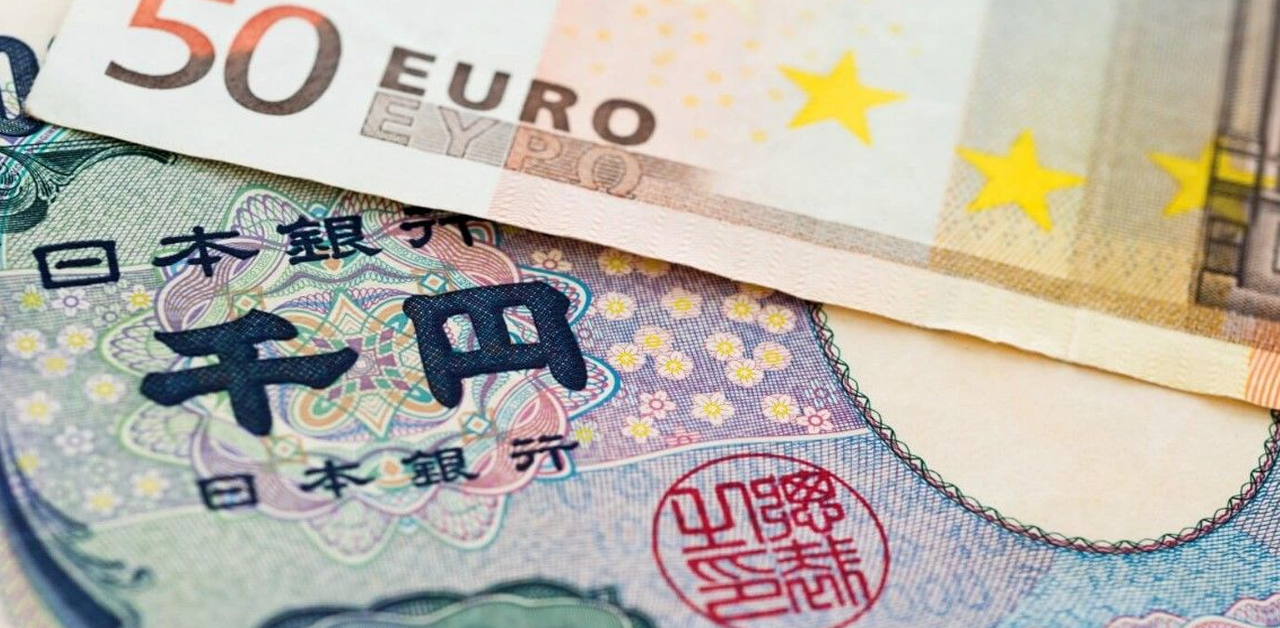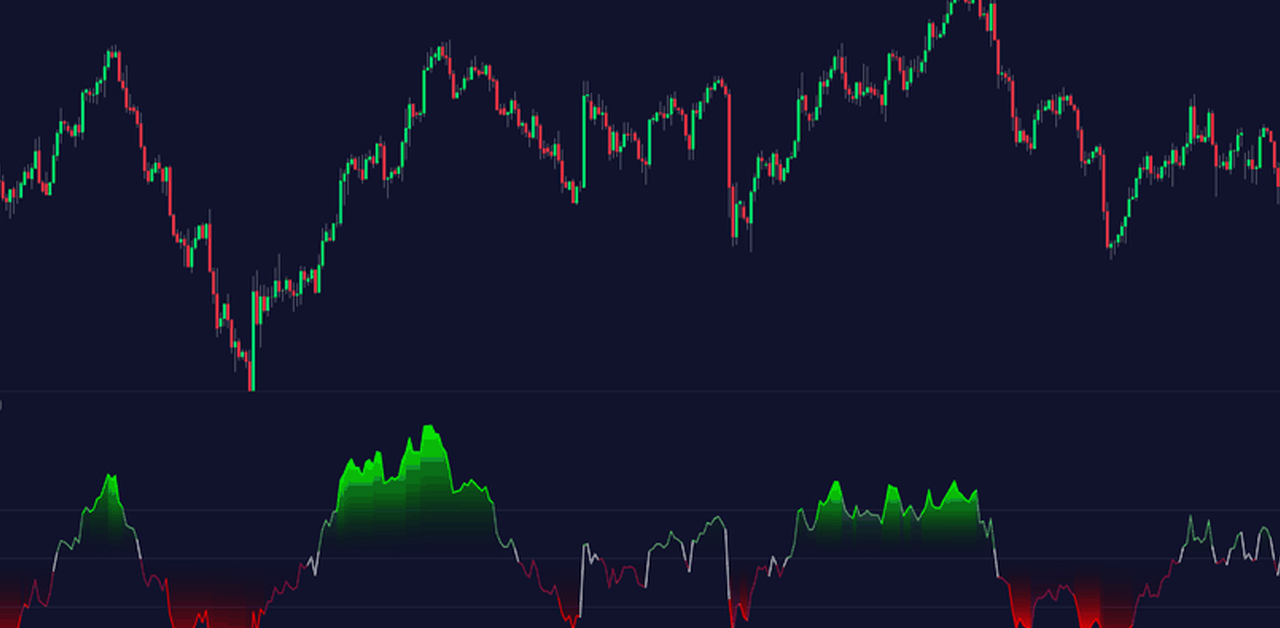BOJ’s Policy Adjustment Indicates No Departure from Ultra-Low Rates – Deputy Governor
The Bank of Japan (BOJ) recently made changes to its bond yield control policy with the intention of ensuring the sustainability of its massive stimulus, rather than signaling an exit from ultra-low interest rates, according to Deputy Governor Shinichi Uchida. On Wednesday, Uchida emphasized that there is still a considerable distance to cover before the conditions are right for the BOJ to raise its short-term interest rate target, which currently stands at -0.1%.
Uchida stated that the BOJ is prepared to intervene to prevent steep increases in long-term interest rates, even before the 10-year bond yield reaches the newly set cap of 1.0%. He assured reporters that if economic and price conditions remain relatively stable, significant interest rate hikes are not anticipated.
The BOJ has been implementing a policy called yield curve control (YCC), which involves guiding short-term interest rates at -0.1% and the 10-year bond yield around 0%. Additionally, an allowance band of 0.5% up and down around the 10-year yield target has been set.
Last week, the BOJ surprised the markets by modifying its YCC approach to allow long-term interest rates more flexibility in response to increasing inflation. While the interest rate targets and allowance band were left unchanged, the BOJ indicated that it would now permit the 10-year yield to rise by as much as 1%.
The adjustments were made by the central bank in response to changes in corporate price-setting behavior and signs of re-accelerating inflation expectations. Uchida explained that the aim was to strike an optimal balance between the costs and benefits of YCC, acknowledging that every policy comes with both positive and negative effects.
Uchida emphasized the “extremely high” uncertainty surrounding the economic and price outlook, highlighting that the BOJ’s decision to make YCC more flexible was driven by the objective of sustaining an ultra-loose monetary policy. He made it clear that there is no intention of initiating an exit from monetary easing.
In summary, the recent adjustments made by the Bank of Japan were targeted at maintaining ultra-low interest rates and ensuring the viability of its stimulus program, rather than signaling a shift towards tightening monetary policy. The BOJ remains cautious due to the uncertainties in the economic and price outlook, and the central bank’s focus remains on striking the right balance between easing measures and their potential side effects.











